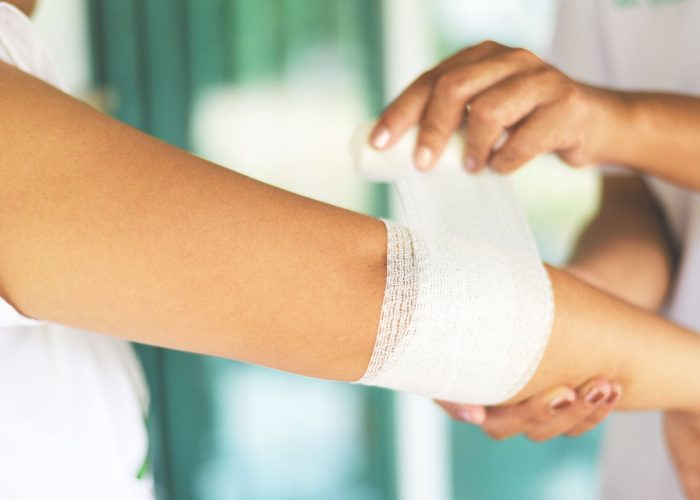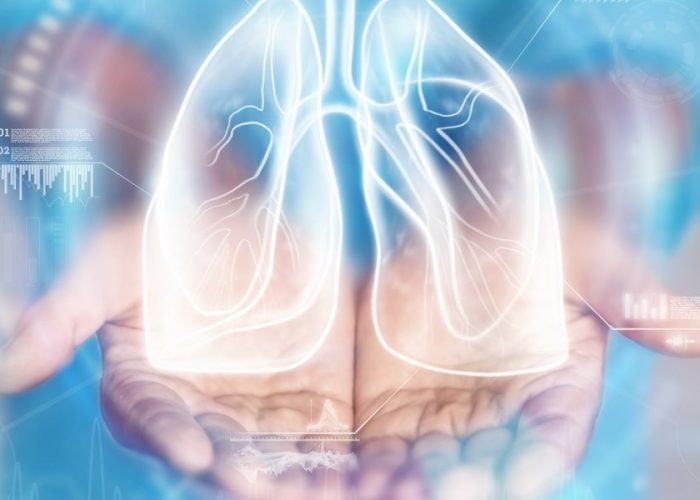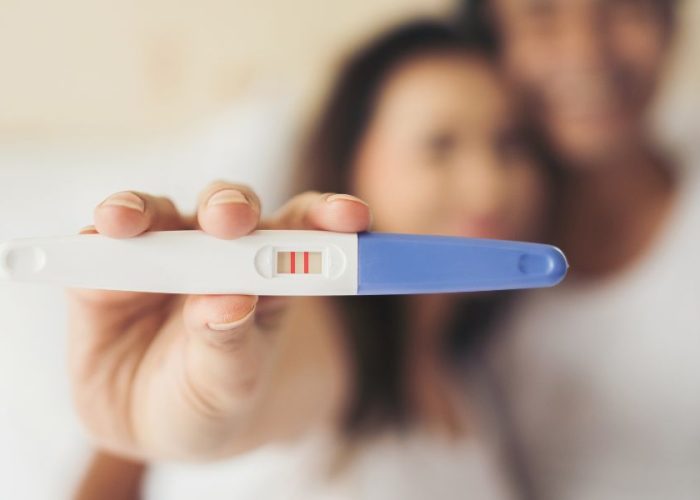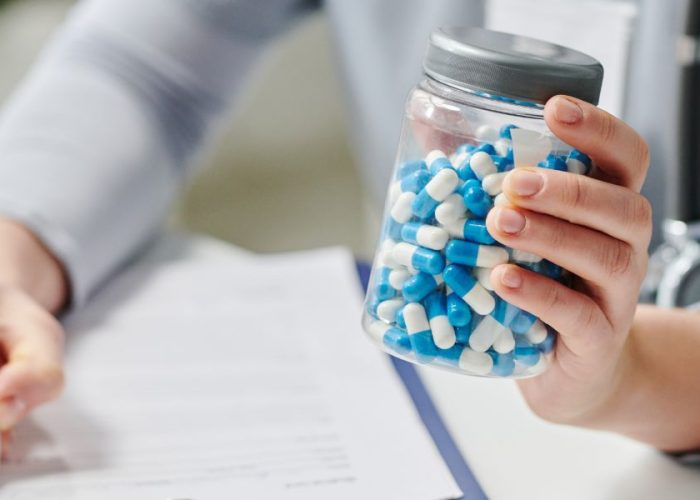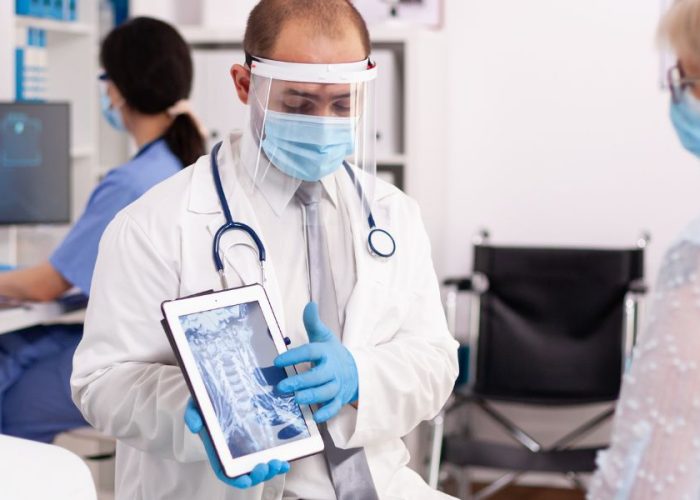Stitches, also known as sutures, are medical threads used to hold the edges of a wound together after a surgical procedure or injury. They play a crucial role in facilitating the healing process and reducing the risk of infection. At Optimum Primary Care, we offer expert removal of stitches to ensure a smooth and comfortable recovery for our patients.
When Do I Need Stitches?
Knowing when you need stitches is essential for proper wound care and optimal healing. You may need stitches for the following types of wounds:
- Deep Wounds: If the wound is deep and the underlying tissues are visible or exposed, stitches may be necessary to close the wound and promote healing.
- Wide Gaps: Wounds with wide gaps between the edges are less likely to heal on their own and may require stitches to bring the edges together.
- Bleeding: If the wound is bleeding excessively and the bleeding doesn’t stop with direct pressure, stitches may be needed to control bleeding and facilitate healing.
- Facial Wounds: Wounds on the face often require stitches to minimize scarring and achieve better cosmetic results.
- Lacerations: Deep cuts or lacerations, especially on the hands, feet, or joints, often need stitches to prevent complications and ensure proper healing.
- Puncture Wounds: Wounds caused by sharp objects like nails or needles may need stitches to reduce the risk of infection and promote healing.
- Animal Bites: Bites from animals, including humans, can introduce bacteria into the wound, making stitches necessary to prevent infection.
- Dirty or Contaminated Wounds: Wounds exposed to dirt, soil, or other contaminants may need stitches to minimize the risk of infection.
The Healing Process and Need for Stitch Removal
Healing Stages: After a wound is sutured, the body initiates the healing process. During the first few days, there is an inflammatory response, and the wound edges may appear red and slightly swollen. In the subsequent days, new tissue forms, and the wound gradually closes.
Stitch Removal Timing: The timing of stitch removal depends on various factors, such as the type and location of the wound, the patient’s health, and the healthcare provider’s judgment. Generally, stitches on the face are removed in about 5 to 7 days, while those on other body parts may stay in place for 7 to 14 days.
How To Keep The Wound Clean?
Keeping the wound clean is essential for preventing infection and promoting proper healing. Here’s how to do it effectively:
- Wash Your Hands: Before touching the wound, thoroughly wash your hands with soap and water to avoid introducing harmful bacteria.
- Gently Clean the Wound: Use mild soap and water to clean the wound gently. Avoid using harsh chemicals or scrubbing the area, as this can irritate the wound.
- Pat Dry: After cleaning, pat the wound dry with a clean, soft towel. Avoid rubbing the area to prevent damage to delicate healing tissues.
- Apply an Antibiotic Ointment (If Recommended): If your healthcare provider recommends it, apply a thin layer of antibiotic ointment to the wound to further protect against infection.
- Cover with a Bandage: Cover the wound with a sterile bandage or dressing to protect it from dirt and bacteria. Change the dressing regularly, as instructed by your healthcare provider.
- Avoid Soaking the Wound: Refrain from soaking the wound in water, such as swimming or taking long baths, as excessive moisture can delay healing.
- Avoid Touching or Picking: Resist the urge to touch, pick, or scratch the wound, as this can introduce germs and hinder the healing process.
- Watch for Signs of Infection: Keep an eye on the wound for any signs of infection, such as increasing redness, swelling, pus, or fever. If you notice any concerning symptoms, contact your healthcare provider.
- Follow Wound Care Instructions: Adhere to any specific wound care instructions provided by your healthcare provider, including any prescribed medications or follow-up appointments.
- Maintain a Healthy Lifestyle: Eat a balanced diet, stay hydrated, and avoid smoking, as these factors can influence the wound healing process.
Signs That Your Stitches Are Ready for Removal
As the wound heals, specific signs indicate that the stitches are ready for removal.
Wound Closure: The wound edges appear well approximated, indicating that the healing process is progressing smoothly.
Minimal Swelling: Swelling around the wound subsides, and the area becomes less tender.
No Signs of Infection: There are no signs of infection, such as increased redness, pus, or a foul odor.
The Stitch Removal Procedure
Our skilled medical professionals perform stitch removal, which is a simple and relatively painless procedure. Here’s an overview of the process:
Preparation: The healthcare provider will clean the wound and the surrounding area to ensure a sterile environment.
Stitch Removal: The healthcare provider carefully cuts and removes the stitches one by one using small, sterile scissors or a suture removal kit.
Wound Inspection: After stitch removal, the healthcare provider will inspect the wound to ensure it is healing correctly.
Wound Care Instructions: You will receive post-removal wound care instructions to promote proper healing and reduce scarring.
Potential Side Effects and Wound Care After Stitch Removal
After the removal of stitches, it is essential to follow proper wound care instructions to support healing and minimize scarring. Some common side effects may include mild discomfort, redness, or slight bleeding. These usually subside quickly and do not require medical attention.
Signs of Infection
- Increasing Redness: If you notice the area around the stitches becoming more red or spreading beyond the wound site, it could indicate infection.
- Swelling: Infection may cause the wound area to become swollen and puffy, often accompanied by tenderness or pain.
- Pus or Discharge: The presence of yellow or greenish fluid oozing from the wound site can be a sign of infection.
- Foul Odor: An unpleasant smell coming from the wound area might indicate an infection.
- Fever: A fever, especially when accompanied by other signs, could be a sign of a systemic infection.
- Increased Pain: While some pain is normal with stitches, it may signal infection if it worsens instead of improving.
- Warmth to Touch: The area around the stitches may feel warmer than the surrounding skin due to inflammation.
If you experience any of these signs or are concerned about your wound’s healing progress, contact your healthcare provider promptly. Early detection and treatment of infection are crucial to avoid complications and ensure proper wound healing.


